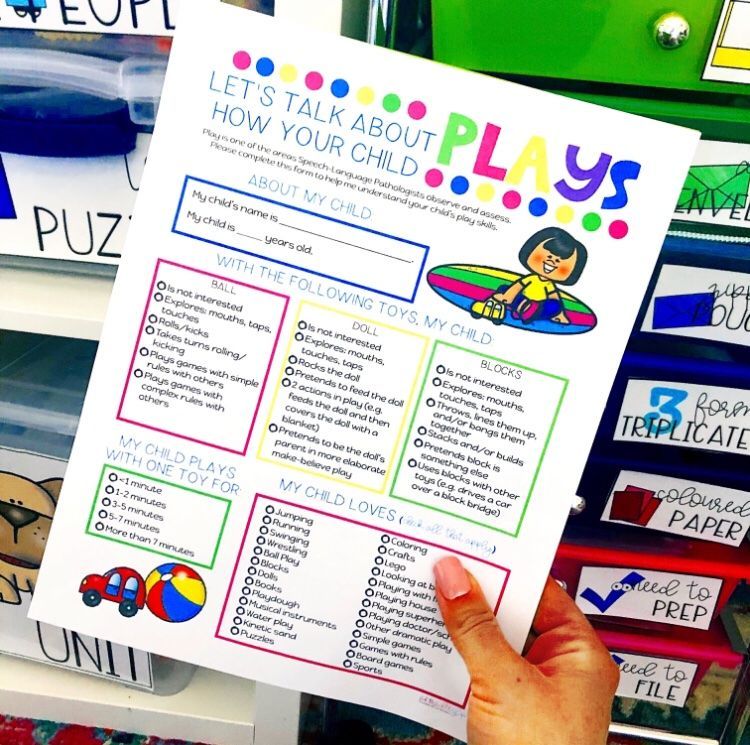FIVE MUST-DOs for your first Preschool Speech Therapy Session

The Best Preschool Speech Therapy Tips for First Sessions (That Actually Work!)
If you’re a preschool speech therapist, you’ve probably had that moment where you wonder: “Am I even doing this right?”
When I first started, I second-guessed everything. Seventeen years later, I can confidently tell you—you’re doing better than you think, and your first sessions can feel smoother and less stressful with a few intentional strategies.
Today, I’m sharing my top preschool speech therapy tips that make those initial sessions less chaotic and way more productive. Spoiler: they’re simple, play-based, and instantly help you connect with kids and families.
Why First Sessions Matter in Preschool Speech Therapy
Your first session isn’t just about gathering data. It’s about building trust, easing caregiver concerns, and creating a safe, inviting space for the child. With the right approach, you’ll:
-
Gather more accurate language samples
-
Build rapport faster with families
-
Set the tone for ongoing play-based therapy
1. Use a Case History Form Before the Session
One of my favorite preschool speech therapy tips actually happens before the child walks in the door: send a case history form.
A completed SLP case history form:
-
Saves time during the session
-
Helps you learn about the child’s background and routines
-
Gives you time to prepare meaningful follow-up questions
Feeling prepared is half the battle—and it frees you to focus on rapport, not paperwork.
👉 Pro tip: I use my own Play-Based Assessment Forms to streamline this process. They’re quick, parent-friendly, and designed with preschoolers in mind.
2. Get Down to the Child’s Level
This one is deceptively simple but so powerful: sit on the floor.
Being at eye level:
-
Makes you instantly more approachable
-
Encourages the child to engage
-
Builds connection faster
Whether you’re stacking blocks or blowing bubbles, being physically at their level signals: I’m here to play with you, not evaluate you from afar.
3. Set Up the Room for Play-Based Therapy
A child walking into a room with inviting, open-ended toys? That’s the secret sauce.
I recommend having five classic toys ready:
-
A doll with a blanket
-
Blocks
-
A car or truck
-
Bubbles
-
A ball
Here’s how I use them:
-
Spread them around the room so the child can make a choice
-
Join their play while chatting with parents
-
Grab a quick language sample without interrupting fun
This simple setup lays the foundation for play-based speech therapy activities from day one.
4. Be Yourself (Seriously)
I know it sounds cliché, but your authenticity matters.
When you show up as yourself—not just “the SLP”—kids and parents relax. Try this:
-
Laugh at the silly things kids say
-
Validate parent concerns with kindness
-
Offer small encouragements to caregivers
When you’re warm and real, therapy feels collaborative, not clinical.
5. Use Simple, Organized Forms
If you’ve ever scribbled half-thought notes mid-session, you know the struggle. Organized, easy-to-use forms help you:
-
Keep the flow of the session without awkward pauses
-
Collect all the data you need
-
Spend more time focused on play-based therapy
I created my SOAP Notes, Minimal Pairs Lists, and Play-Based Assessment Forms out of pure necessity. They save me time, and my sessions flow so much better.
Free Resource for You 🎉
Want to simplify your first session even more? Grab my free “Let’s Talk About How Your Child Plays” Form.
It helps you quickly gather insight into a child’s:
-
Attention span
-
Play style
-
Social interactions
-
Favorite activities
You can use it during the first session or send it home. Either way, it’s a preschool SLP must-have.
👉 Download your free form here!
FAQs About Preschool Speech Therapy Tips
1. What should I bring to my first preschool speech therapy session?
Simple, open-ended toys (blocks, bubbles, cars, dolls, balls) and easy-to-use forms are all you need.
2. How do I make preschool speech therapy play-based?
Follow the child’s lead in play, offer language-rich commentary, and use familiar toys that encourage interaction.
3. How do I prepare parents for speech therapy?
Send a case history form before the session and reassure them that play is the “work” of therapy.
4. What are the best toys for preschool speech therapy sessions?
Toys like blocks, dolls, and bubbles provide open-ended opportunities for language and interaction.
5. How do I build rapport quickly in speech therapy?
Get on the child’s level, laugh with them, and create a warm, inviting environment from the first hello.
Related Reading You’ll Love
Final Thoughts + Next Step
First sessions don’t need to feel overwhelming. With the right preschool speech therapy strategies, you can feel confident, connect quickly, and set the stage for meaningful progress.
✨ Ready to make your sessions smoother?
Download your free play skills form here and check out my Play-Based Therapy Resources to save time and boost confidence in your preschool sessions.
Let's stay connected!
Join the mailing list to receive updates with new freebies, promos, and specials!
Don't worry, your information will not be shared.
We hate SPAM. We will never sell your information, for any reason.



